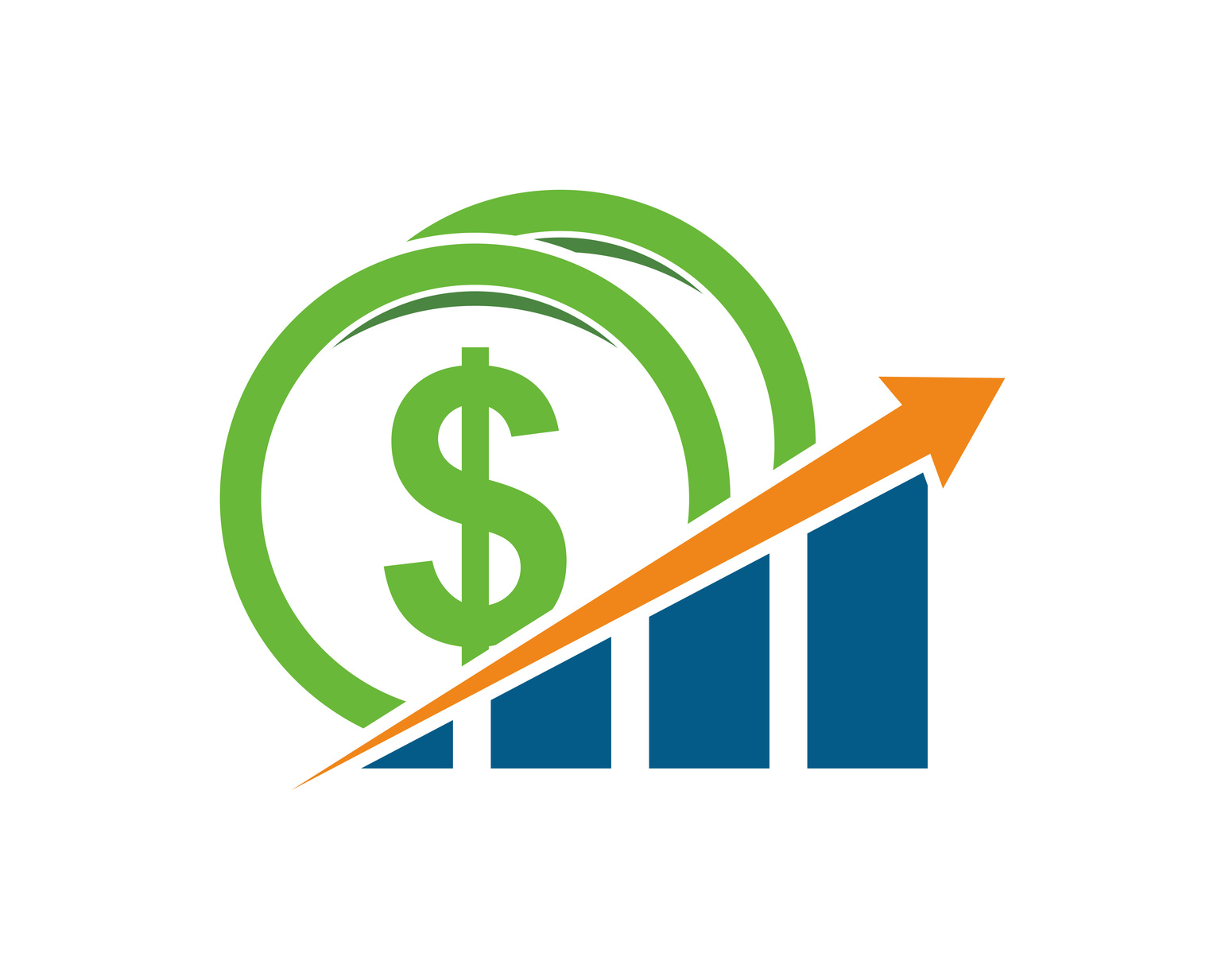Understanding the various fees and expenses associated with Individual Retirement Accounts (IRAs) is crucial for investors looking to maximize their retirement savings. This article covers the key aspects to consider while navigating the complex landscape of Traditional and Roth IRA fees, including various types of fees, factors affecting those fees, how to compare providers, minimizing your costs, and the impact on your overall investment returns.
Types of IRA Fees and Expenses
Managing Your IRA
When it comes to managing an IRA, there are several types of fees and expenses that you may encounter with both Traditional and Roth IRAs.
One common fee associated with IRAs is an account opening fee, which is a one-time charge when you initially set up the account. This cost varies depending on the financial institution, and in some cases, this fee may be waived based on certain conditions, such as opening the account with a large starting balance or signing up for recurring contributions.
Annual Maintenance Fee
Another fee to consider is the annual maintenance fee, which is charged yearly by the financial institution for managing and maintaining your IRA. These fees vary greatly and can be based on a flat rate, a percentage of your account balance, or even a combination of both.
It’s essential to review the fee structure of the financial institution you choose, as high annual fees can significantly impact your returns over time.
Trading Fees
In addition to these account management fees, trading fees may also apply when buying or selling individual stocks, bonds, or other investments within your IRA. Financial institutions typically charge a per-trade commission fee for these transactions.
Investment-Related Expenses
Lastly, various investment-related expenses are essential to consider when comparing fees between IRAs. These expenses may include mutual fund expense ratios, sales charges, or load fees, and other investment-specific fees.
One popular investment option for IRAs is low-cost index funds or exchange-traded funds (ETFs), which typically have lower expense ratios compared to actively managed mutual funds, thus minimizing investment-related costs.
When it comes to selecting and managing your Individual Retirement Account (IRA), understanding the various IRA fees and expenses is crucial. By comparing and reviewing different financial institutions’ fee structures, you can choose a provider and account type that maximizes your retirement savings potential.
Factors Affecting IRA Fees and Expenses
Factors That Influence IRA Fees
A key element affecting IRA fees and expenses is the financial institution you choose for opening and maintaining your account. Banks, brokerage firms, and investment companies all charge different fees for managing and administering IRAs, including annual account maintenance fees, trading commissions, and account opening and closing charges. There may also be transaction fees for purchasing or selling investments. To find the right balance between cost and services tailored to your specific needs, it is essential to research and compare various financial institutions.
The Impact of Investment Choices on IRA Fees
The type of investments you choose to hold in your IRA account plays a significant role in determining the fees and expenses you will incur. For instance, if you opt for mutual funds, you may be subject to various fees, including management fees, 12b-1 (distribution) fees, and front-end or back-end sales charges. Conversely, if you choose to invest in individual stocks, bonds, or exchange-traded funds (ETFs), you may face trading commissions and bid-ask spreads. Some investment options, like index funds or target-date funds, may have lower expense ratios compared to actively managed funds, which could help you save on fees over time.
Understanding the Impact of Investment Strategy on IRA Fees
Your chosen investment strategy plays a significant role in determining the total fees and expenses associated with your Individual Retirement Account (IRA). If you engage in active trading, frequently buying and selling investments, you may face a higher amount of transaction fees, reducing your long-term savings. Conversely, adopting a passive, buy-and-hold approach could result in fewer fees over time, allowing your savings to grow more efficiently. Employing strategies such as dollar-cost averaging or selecting automatic investments can help to reduce trading costs and promote long-term growth. Nonetheless, it’s essential to maintain a diversified portfolio and to allocate assets in a manner that aligns with your risk tolerance and retirement objectives.
Comparing IRA Providers
To maximize the value of your IRA investment, it’s essential to compare the fees and expenses among various financial institutions. When evaluating providers, consider the services and features they offer, including investment options, research tools, and educational resources. Also, pay close attention to account fees, trading commissions, and other expenses to ensure they align with your financial goals and budget. By thoughtfully weighing these factors, you can make an informed decision while selecting an IRA provider that best suits your needs.
Account Fees and Trading Commissions
One significant factor to consider in comparing IRA providers is the account fee, which can come in the form of an annual charge or ongoing maintenance fees. Some providers charge a flat fee, while others apply a fee based on the account’s balance. In addition to account fees, trading commissions are also important to examine. These are the charges each time you buy or sell an investment, and they can vary significantly among providers. Some firms may charge a standard fee, while others offer cheaper rates for high-volume trading or a certain number of free trades per month.
Expense Ratios
When comparing IRA providers, it’s important to consider the expense ratios associated with their mutual funds and exchange-traded funds (ETFs). Expense ratios represent the annual cost of managing a fund and are expressed as a percentage of the fund’s assets. These costs can significantly impact your investment returns over time, so it’s essential to include them in your evaluation of different IRA providers. By thoroughly examining the services and fees offered by various companies, you can make an informed decision and select an IRA that best aligns with your financial needs and long-term retirement goals.

How to Minimize IRA Fees and Expenses
Minimizing IRA Fees and Expenses
To effectively minimize fees and expenses associated with your IRA, consider investing in low-cost index funds or exchange-traded funds (ETFs) instead of actively managed funds. These types of investments usually have lower expense ratios, as they aim to replicate the performance of a specific market index, such as the S&P 500. In contrast, actively managed funds can have higher expense ratios due to the intensive management and research required to outperform the market. By opting for low-cost investment options, you can maximize your retirement savings and potentially experience better long-term returns.
Avoiding Excessive Trading
Another helpful strategy to reduce IRA fees is to avoid excessive trading within your account. Frequent trading can result in transaction costs, such as commissions and bid-ask spreads, which can eat into your retirement savings over time. While it is essential to review and rebalance your portfolio periodically, it’s crucial to resist the urge to make impulsive trades based on short-term market fluctuations. Adopting a long-term, buy-and-hold investment strategy can help minimize trading costs and fees in your IRA.
Negotiating Lower Fees
When it comes to managing an IRA, understanding the fees and expenses associated with the account is crucial. These costs can significantly impact an individual’s long-term investment returns. While some fees are unavoidable, it is essential to explore different providers and compare their rates to negotiate the best deal for your situation. Many financial institutions offer various account levels or fee structures based on your account balance and overall relationship with the provider. By maintaining a higher balance, you may qualify for reduced fees or gain access to additional services. Make sure to discuss your concerns about high fees with your IRA provider and explore your options to secure a better fee structure, ultimately saving on costs over time.
Impact of IRA Fees and Expenses on Investment Returns
Managing Your IRA: Decoding Fees and Expenses
To make the most informed decisions when it comes to your IRA investment and maximizing overall returns, having a clear understanding of the different types of expenses is crucial. The fees and expenses can vary based on the type of IRA, the custodian or brokerage firm, and the investment products selected. By carefully evaluating your options and remaining proactive about seeking competitive fee structures with your provider, you can ensure a smoother and more cost-efficient experience with IRA management and ultimately strengthen your financial future.
Fees and Expenses Commonly Associated with IRAs
Fees and expenses commonly associated with IRAs include annual maintenance fees, trading or transaction fees, and expense ratios for mutual funds or exchange-traded funds (ETFs).
- Maintenance fees are often charged by financial institutions to cover administrative costs related to account management, recordkeeping, and reporting.
- Trading or transaction fees can apply each time an investor buys or sells securities, such as stocks, bonds, or mutual funds.
- Expense ratios represent the ongoing costs of managing and operating a fund. These fees are expressed as a percentage of the fund’s assets and are deducted from the fund’s returns, effectively reducing the investor’s return on investment.
The Impact of Fees and Expenses
Over time, the impact of fees and expenses can significantly erode the growth potential of an IRA. For instance, a seemingly small difference in fees may lead to a substantial difference in overall investment returns when compounded over the years. Thus, understanding and minimizing these expenses are crucial for maximizing long-term performance.
Minimizing Fees and Expenses
This can be achieved by conducting thorough research and comparing fees across multiple institutions and investment products. Additionally, opting for low-cost index funds or ETFs could be a cost-effective option for IRA investors, given their typically lower expense ratios compared to actively managed funds. Moreover, some financial institutions may waive annual maintenance fees if certain conditions are met, such as maintaining a specific account balance or signing up for electronic statements. Therefore, being informed about fees and expenses is essential to make the most out of IRA investments and maximize retirement savings.
Being well-informed about IRA fees and expenses is essential for making the most out of your retirement investments. By understanding the factors affecting these costs and comparing providers based on their services and expenses, you can make more informed decisions. Additionally, employing strategies to minimize fees, such as opting for low-cost index funds and avoiding excessive trading, will lead to greater overall returns on your IRA investments. Remember, every dollar saved on fees is one more dollar working towards securing your financial future in retirement.
